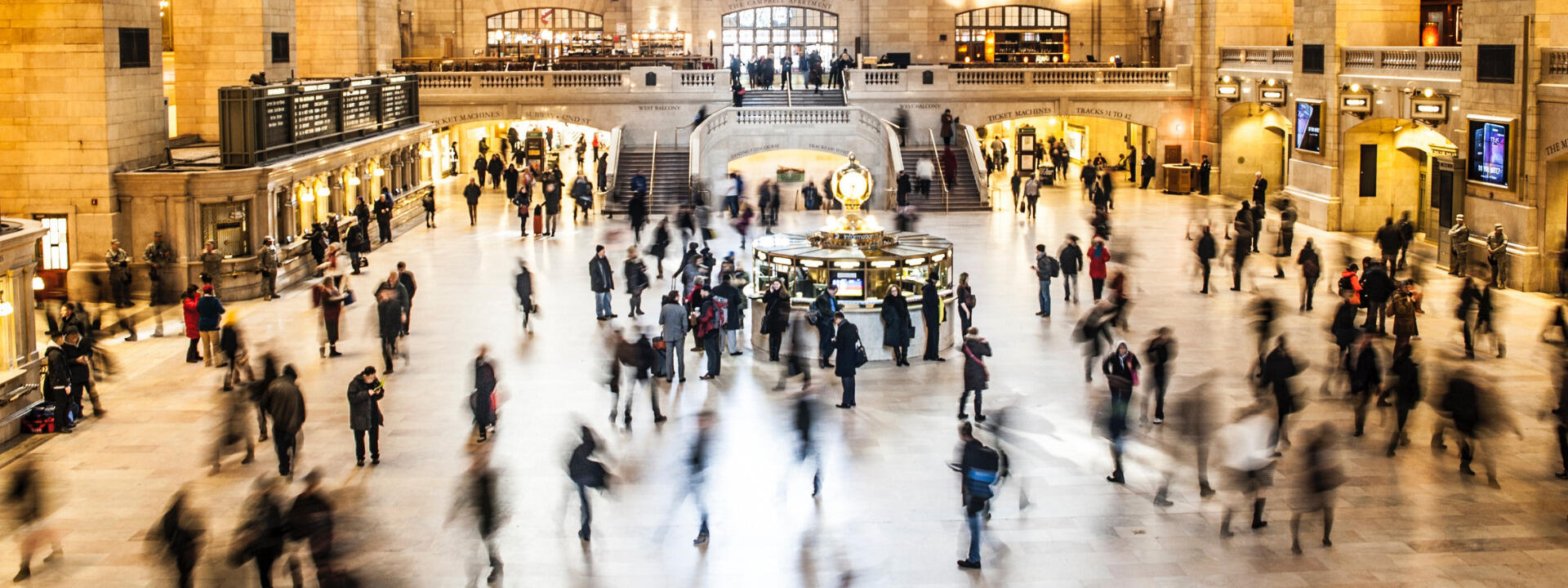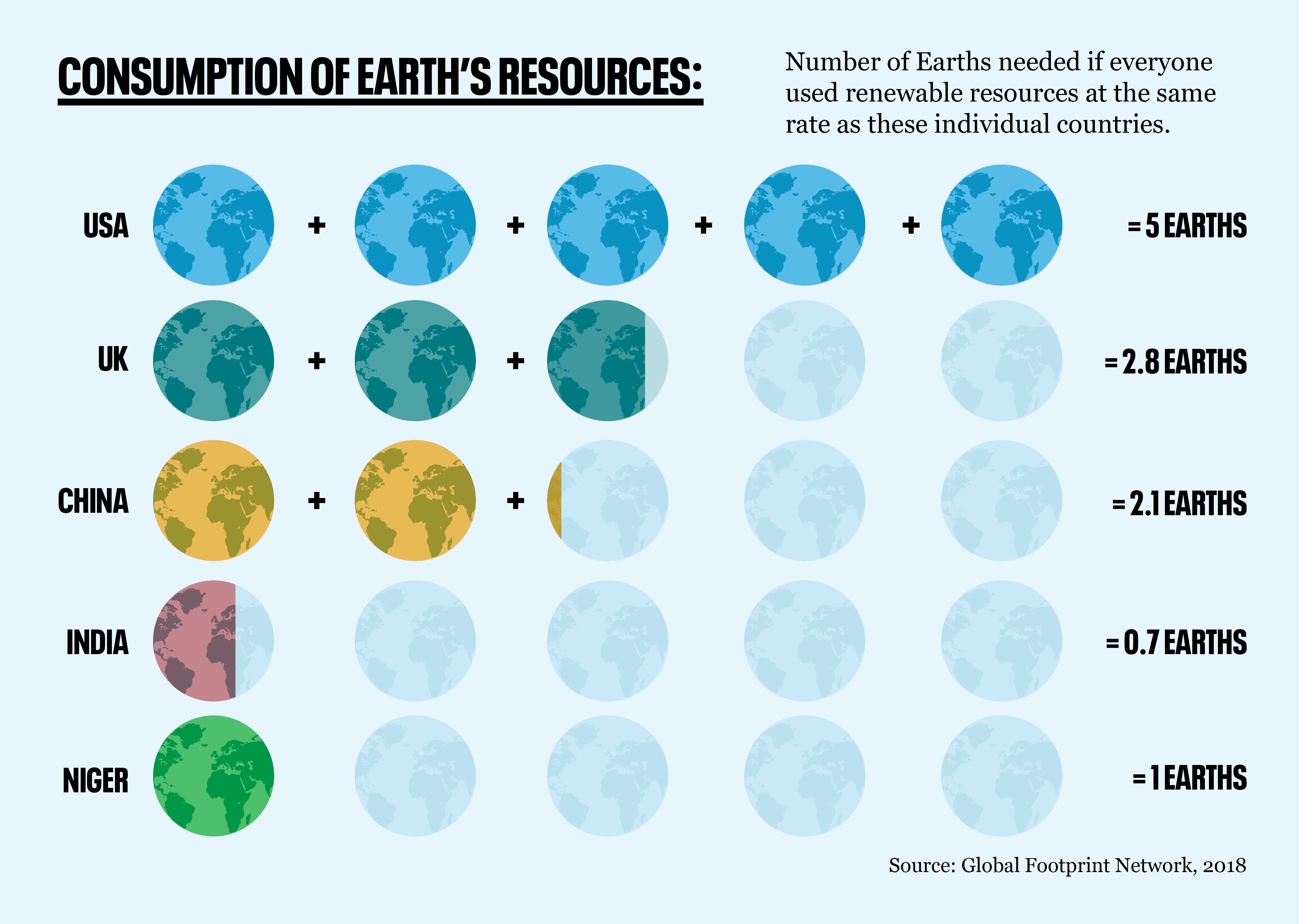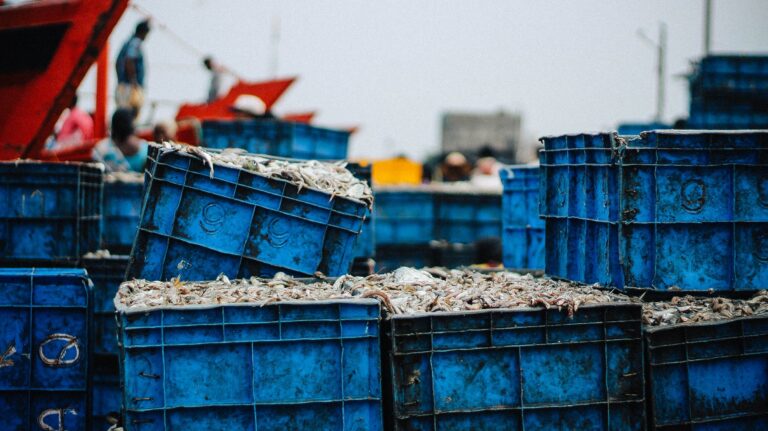
Global justice
Ending poverty is a vital step in ending population growth, as well as being essential to ensure everyone can lead lives of dignity and security. To achieve that, we must address all the drivers of poverty and inequality, and challenge the forces which keep people poor.
The highest rates of population growth take place in the world’s poorest countries. The population of the Least Developed Countries is projected to rise from just over 1bn in 2020 to 1.9bn in 2050. In some countries, population growth is outstripping economic growth, making them unable to escape poverty.

POPULATION GROWTH IMPACTS poverty
The world’s lowest-income countries tend to have the highest fertility rates. There are multiple factors contributing to that link.
When people have no economic security and cannot rely on their government and a social safety net, they often have children to help provide income or labour for their families, and to ensure they will be looked after when they are older.
Where child mortality is high, there is an even greater impetus to have more children – reducing the proportion of children dying has been critical to the transition to low population growth everywhere.
In low-income countries, the pressure of providing services and infrastructure to a growing population contributes more to the cycle.
Of course, population growth is itself a major contributor to poverty in many low-income countries. Actions which address it in those places play a critical role in ending it, but they are far from the only actions needed.
Rapid population growth makes eradicating poverty, combatting hunger and malnutrition, and increasing the coverage of health and education systems more difficult.
– Liu Zhenmin, UN Under-Secretary-General for Economic and Social Affairs, 2022
Challenging inequity
Poverty is not a consequence of limited global resources, but political and economic injustice. While billions enjoy an affluent style, more than a tenth of the world’s population live in extreme poverty today. However, despite the fact that the richest drive the climate crisis, resource competition and environmental damage, the poorest people are almost always at greatest risk from them.

Trade, aid and justice
Most of the drivers of continued poverty are a product of the choices, policies and past and present actions of governments in the wealthiest parts of the world. Those include colonialism, slavery, support for poor or repressive governments, and the abuse of economic power. The international community and in particular the most affluent must address those injustices.
Currently, only four high-income OECD countries meet the target of providing 0.7% of their Gross National Income as overseas aid – Norway, Sweden, Luxembourg and Denmark. In 2020, the UK abandoned its commitment to meet that target. The US is the largest single donor but provides only 0.16% of GNI. Investment in overseas aid in family planning, health, women’s empowerment and education not only stimulates economic growth and improves lives, but also reduces population growth.
Debt relief also has a critical role to play.
Before the impact of the COVID-19 crisis, remittances (money transfers home from individual migrants abroad) contributed more to the economies of poorer countries than all overseas aid. Domestic immigration policies in wealthy countries must not be based solely on nationalistic interests, and recognise the contribution that migration play as a driver of economic development globally.
Unfair global trade exacerbates poverty. Producers and exporters from poorer countries are underpaid for their products, natural resources are extracted exploitatively, and workers supplying multinational companies may be subject to job insecurity, low pay and bad conditions. Meanwhile, wealthy countries may use tariffs on imports and subsidies to their own industries to disadvantage foreign businesses. Fairer terms of trade are essential.
Environmental damage – and the costs of fixing it – are also outsourced from wealthy countries, with pollution and CO2 emissions being generated in poorer countries in order to supply goods at cheap prices to richer ones. Waste may also be exported to minimise costs and local environmental effects.
Change from within
Like other nations, poor countries can also be afflicted by bad governance and internal challenges. Where they exist, corruption, repression, bad policymaking, poor investment, and harmful social norms such as gender inequity all act as brakes on economic development. Those campaigning against these forces in their own countries need the strongest support from the rest of the world.

Global justice and fundamental reform
While poverty can also drive significant environmental destruction, the core driver of our global environmental crisis is overconsumption in the affluent parts of the world. This is in part driven by unsustainable and excessive consumer demand, and the choices of individual consumers in wealthy societies must play a critical role in addressing inequity and promoting sustainability. The free choice of consumers can be limited, however, and change at a more fundamental level is needed.
The economy is a wholly owned subsidiary of the environment.
– Herman Daly, former World Bank Economist & Expert Advisor to Population Matters

Underlying unsustainable consumption is an economic system based on continued growth in production, consumption and profit, and on disregard for the environmental impacts caused by economic activity.
Increasingly, progressive economists are questioning this model, noting that the purpose of the economy is to improve people’s wellbeing. Above a certain point of affluence, material gains make little impact on people’s happiness, but contribute to resource depletion, climate change and other critical environmental challenges.
At the moment, just 5% of the income generated from growth in GDP goes to the world’s poorest 60% of people. Economic growth is essential for those living in poverty, and need not follow the same unsustainable patterns as in affluent countries. It is, however, inevitably accompanied by increased resource use and environmental impact, while growing populations everywhere multiply the impact of growing consumption. That means that there must be a contraction in consumption among the richest. That way, everyone can live in dignity and security, while ensuring that future generations can do the same.
A global economic and political system which reduces inequality, empowers the most vulnerable, and focusses on wellbeing within the ecological limits of our planet is essential.



